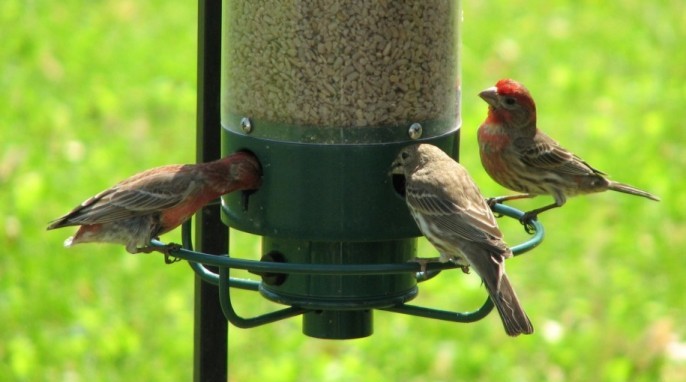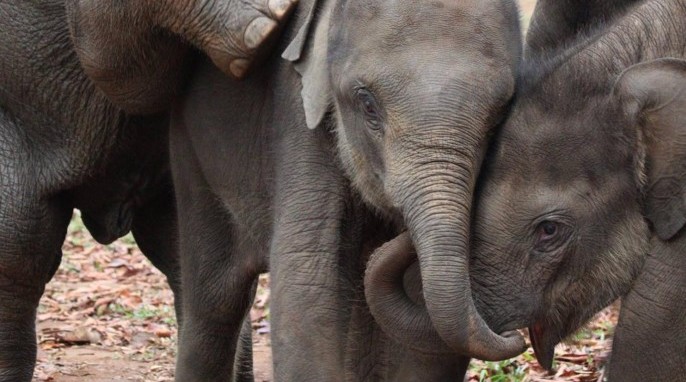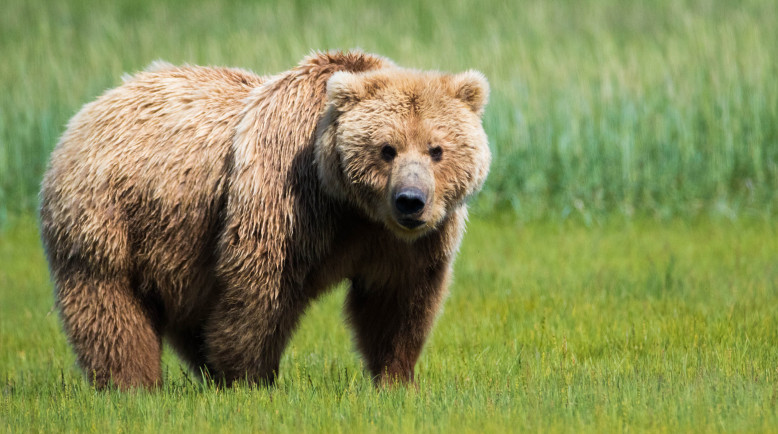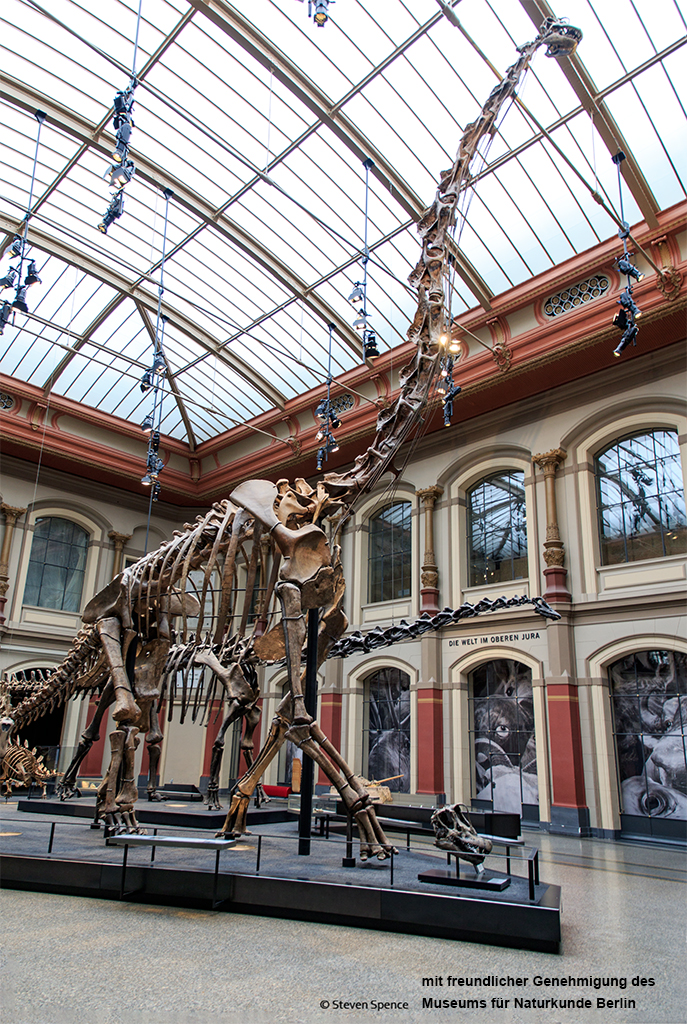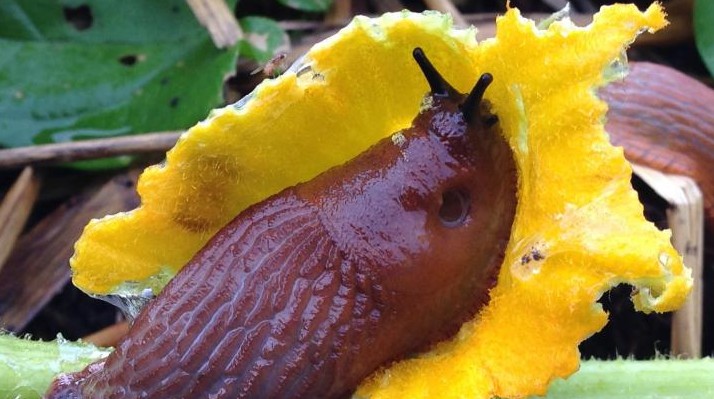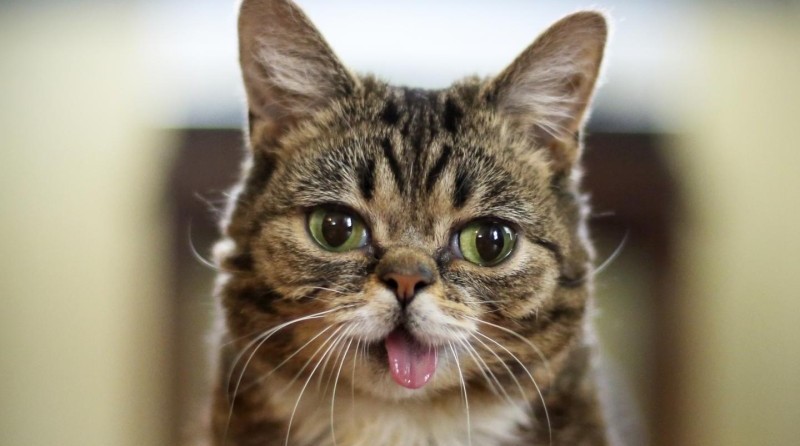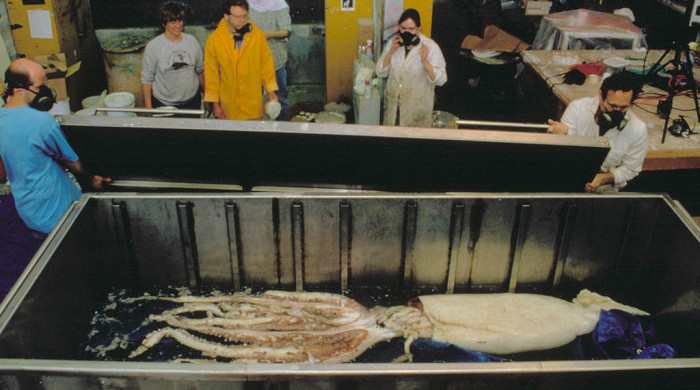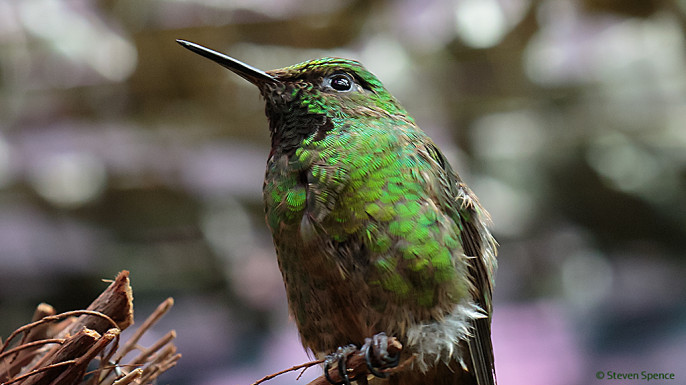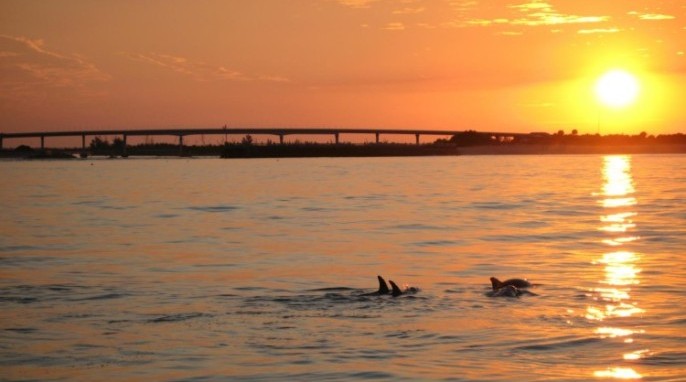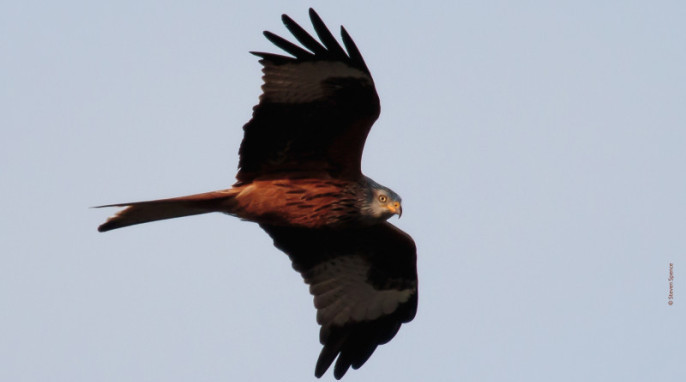Citizen Science Informs Bird Feeder Dilemma
By Jonathan Trinastic @jptrinastic If you enjoy turkey this Thanksgiving, take a moment to think not about the bird on your plate but rather the birds outside your home. With increasing urbanization taking away more natural habitat, local wildlife is having difficulty finding food. Bird feeders have become a popular way for homeowners to help local wildlife and contribute to conservation efforts. But are these feeders, borne of good intentions, actually helping or hurting wild birds? A recent study has enlisted the help of Canadian citizens to find out. Feeding the…
Read More
